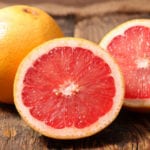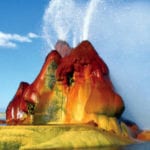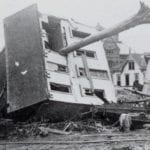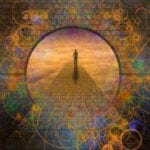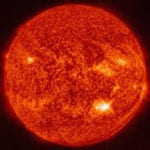 Movies and TV
Movies and TV  Movies and TV
Movies and TV  History
History 10 Things You Never Knew About Presidential First Ladies
 Movies and TV
Movies and TV 10 Zombie Movies That Will Actually Terrify You
 Humans
Humans 10 Times Scientists Were Absolutely Sure… and Absolutely Wrong
 Our World
Our World 10 Pivotal Moments for Life on Earth
 Movies and TV
Movies and TV 10 Most Realistic Medical TV Shows of All Time
 Creepy
Creepy 10 Eerie & Mysterious Ghosts of the Pacific Coast
 Weird Stuff
Weird Stuff 10 Typos That Accidentally Changed History
 History
History 10 Times Trickery Won Battles
 Technology
Technology 10 Awesome Upgrades to Common Household Items
 Movies and TV
Movies and TV 10 Movie Flops That Found Their Way to Cult Classic Status
 History
History 10 Things You Never Knew About Presidential First Ladies
 Movies and TV
Movies and TV 10 Zombie Movies That Will Actually Terrify You
Who's Behind Listverse?

Jamie Frater
Head Editor
Jamie founded Listverse due to an insatiable desire to share fascinating, obscure, and bizarre facts. He has been a guest speaker on numerous national radio and television stations and is a five time published author.
More About Us Humans
Humans 10 Times Scientists Were Absolutely Sure… and Absolutely Wrong
 Our World
Our World 10 Pivotal Moments for Life on Earth
 Movies and TV
Movies and TV 10 Most Realistic Medical TV Shows of All Time
 Creepy
Creepy 10 Eerie & Mysterious Ghosts of the Pacific Coast
 Weird Stuff
Weird Stuff 10 Typos That Accidentally Changed History
 History
History 10 Times Trickery Won Battles
 Technology
Technology 10 Awesome Upgrades to Common Household Items
10 Man-Made Places Nature Decorated
No one disputes that humans are capable of creating beautiful things. The Eiffel Tower. The Great Pyramid of Giza. But if you’ve ever been to the Taj Mahal at sunrise or Petra at sunset, you know that nature adds its own touches to man-made creations. And when nature does this for not-so-beautiful things humans make, the results can be spectacular.
Top 10 Rare Quirks Found In Nature
10 Fly Geyser, USA
Fly Geyser or Fly Ranch Geyser in Washoe County, Nevada, has already made a list in Listverse. But this ever changing formation is worth a second look. In 1916 the locals, wishing to sink a well for irrigation, accidentally started a then small geyser. But the geothermally warmed water was too hot for their purposes and they abandoned it. A half century later, a geothermal power company drilled a test well on the site. Unfortunately, the water found a weak spot in the well wall, and scalding water began spewing five feet into the air. According to newspaper reports, either the geyser was left uncapped or was capped improperly.
Now another half century later, the hot water has used calcium carbonate deposits to build three travertine cones better than six feet in height and each spewing their own geyser. Its beautiful colors come from thermophilic algae that feed and thrive in hot, moist environments. The geysers are still growing several inches a year. Fly Geyser has also surprised geologists by growing quartz inside its cones, something that doesn’t normally happen until a geyser has been pumping water for 10,000 years.
9 Ussuri Bay, Russia
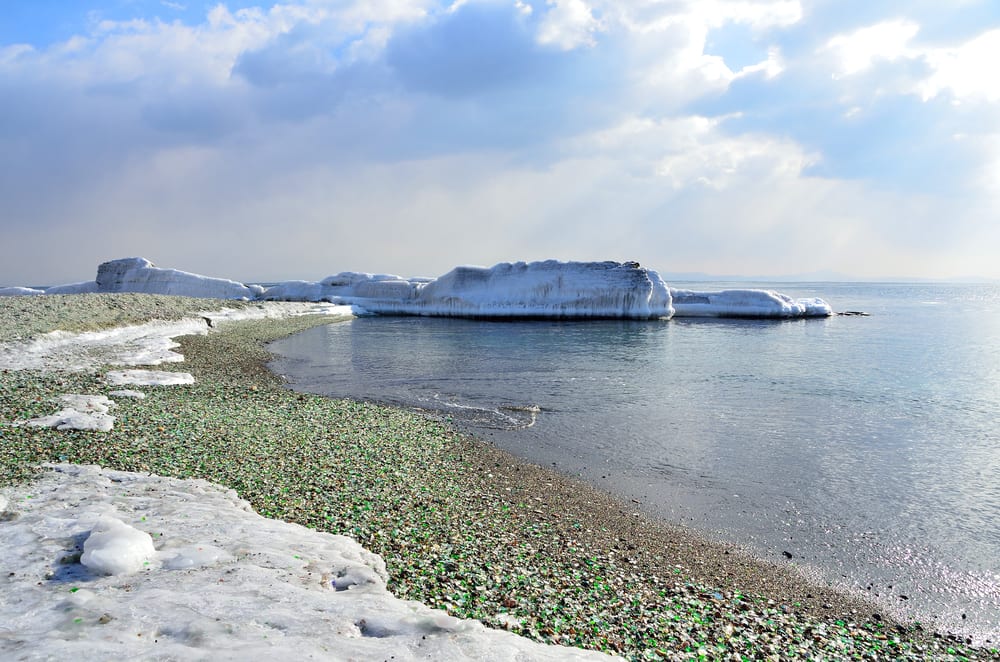
Similar to Glass Beach, California, the beach at Ussuri Bay is covered with sparkling glass jewels and pebbles that draws tourists from all over the world. The bay is in Primorsky Krai, a far southeastern district of Russia and is the largest bay in Peter the Great Gulf which empties into the Sea of Japan. The beach has black volcanic sand and is often edged with snow, providing a striking contrast to the glittering colored glass.
In the days of the Soviet Union, a nearby porcelain factory often dumped unwanted glass into the bay. Trucks filled with wine, beer and vodka bottles would back onto the beach and dump its load into the surf. Over the years, the tide has smoothed and flattened the glass shards into colorful pebbles. But the beautiful beads will not last long. Between souvenir collectors and continued erosion, experts believe the glass will be gone in 20 years.
8 Tunnel of Love, Ukraine
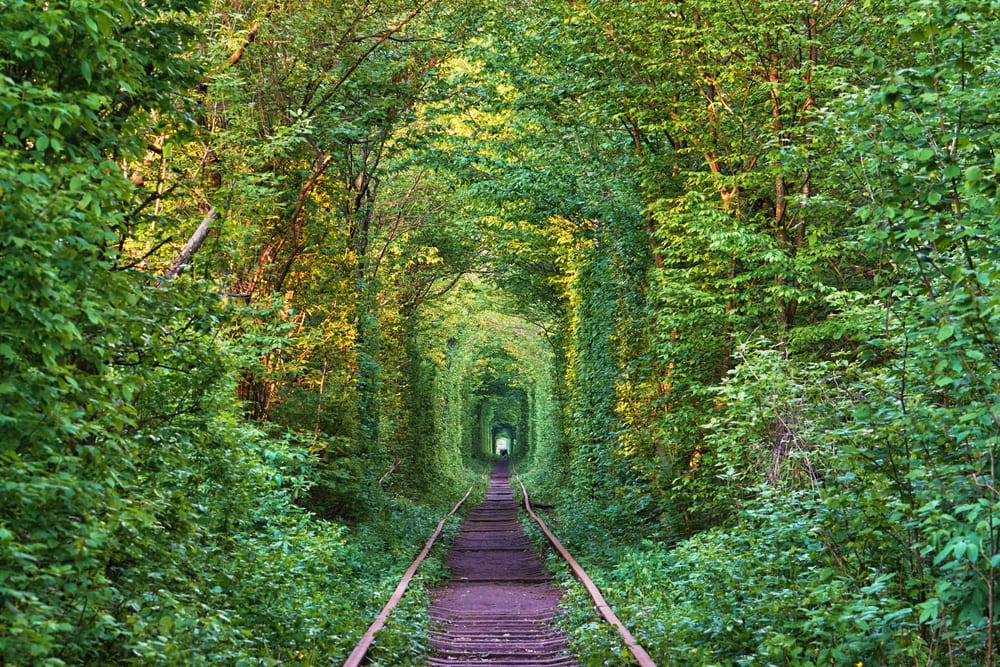
Until a decade ago, tourists to the small Ukrainian town of Klevan were rare. It had few vacation attractions, hotels or restaurants. Beginning in 2011, a small stretch of a railway track connecting Klevan with the village of Orzhiv began to receive internet chatter as pictures of a natural tree tunnel began to circulate. Locally dubbed the “Tunnel of Love” because it was a favored spot for couples to hike, the tunnel received international fame when it was featured in a Japanese film by Akiyoshi Imazeki in 2014.
The rail line is used by the Odek plywood factory in Orzhiv, and, during the Cold War era, it shared the line with a military installation. It’s reported that the military planted numerous trees along the railway to hide its rail movements. Over the years, the thick foliage grew and the frequent so-journs of trains loaded with plywood trim the foliage to form the tunnel. Couples from around the world now come here to plant flowers along the tracks or to propose marriage. There’s even a legend that a couple who walks the length of the track holding hands, will have good luck in their relationship.
7 Honghe Hani Rice Terraces, China

By far the oldest man-made place on this list, the Honghe Hani Rice Terraces have been around for 1,300 years. Built on the ribs of the Ailao Mountains, the terraces stretch from the forested mountain top to the Hong River below, and in some places the terraced steps stacked one above the other number some 3,000. Each terrace is a wide, shallow receptacle that follows the natural curve of the mountain and captures rainwater channeled to it from the forested mountaintop. It’s in these pools that the Hani people grow red rice and the varied pool shapes create incredibly beautiful reflections of the sky.
The Hani villages are built just above the terraces on the mountains, and in recent years it has been difficult – as it has everywhere else in the world – to keep the younger generation interested in farming. This has led to the abandonment and deterioration of some terraces and in 2001 the site was put on the “In Danger” list. Renewed interest brought new hands to help with the farming and in 2013 the terraces were named a World Heritage site by UNESCO.
6 Post-bushfire Australia
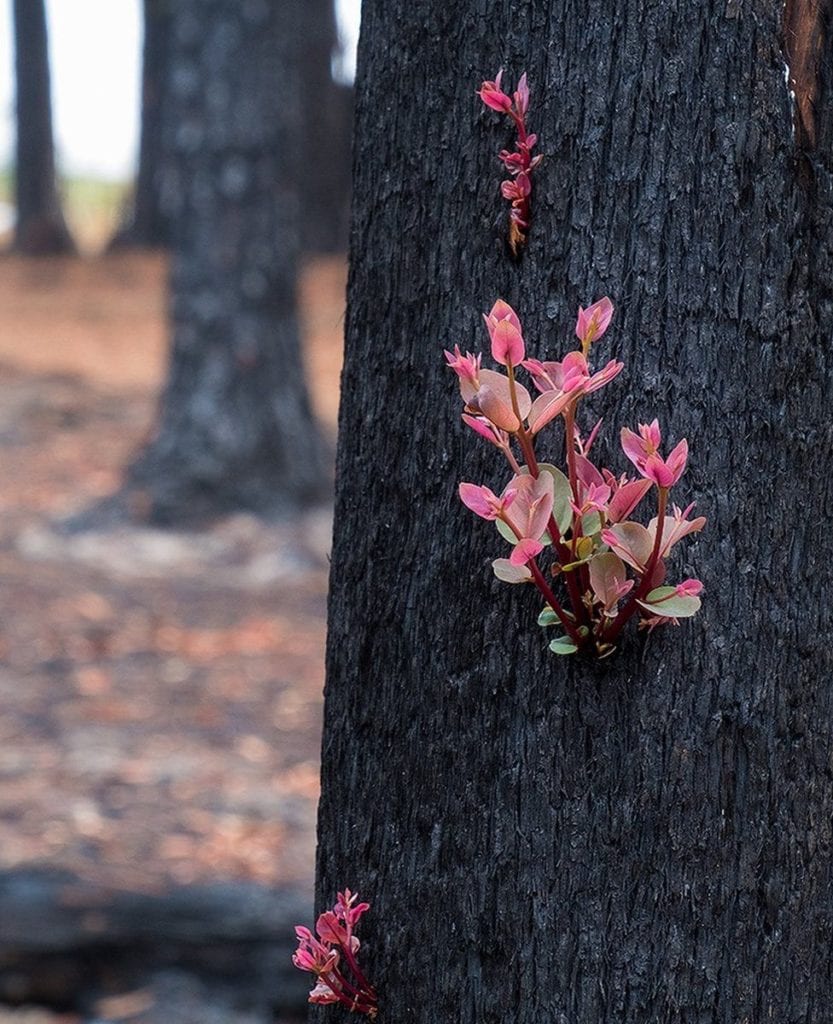
Technically we do not know for sure that Australia’s bushfire crisis of 2019 and 2020 was started by a human hand, but it is very, very likely. Even if you do not believe in man-made climate change which the experts say was a contributing factor, recent studies have found that 50% of Australia’s annual bushfires are deliberately or suspected to be deliberately started. This doesn’t count bushfires started accidentally by humans via camp fires, discarded cigarettes or kids playing with matches. Just 15 % of all bushfires worldwide have natural causes such as lightning strikes. Whatever the cause, the Australian crisis was staggering. Thirty-three people died (including nine firefighters), more than 3,000 homes were destroyed and 42 million acres (17 million hectares) of land were burned. Conservatively, more than a billion animals were killed and if you count insects which are essential to the ecology, hundreds of billions.
But everything is not all bleak. After the fires and specifically after the rains of 2020, flowers and plants are brightening the blackened landscape. Many species of flora lie dormant until they are triggered by heat or smoke. For instance, the Banksia has a woody fruit pod hard enough to be used for woodworking. And they open during or after a fire, spilling their seeds. Other species—such as the Christmas Bell wildflower – thrive when their competition is consumed in a fire.
5 Abraham Lake, Canada
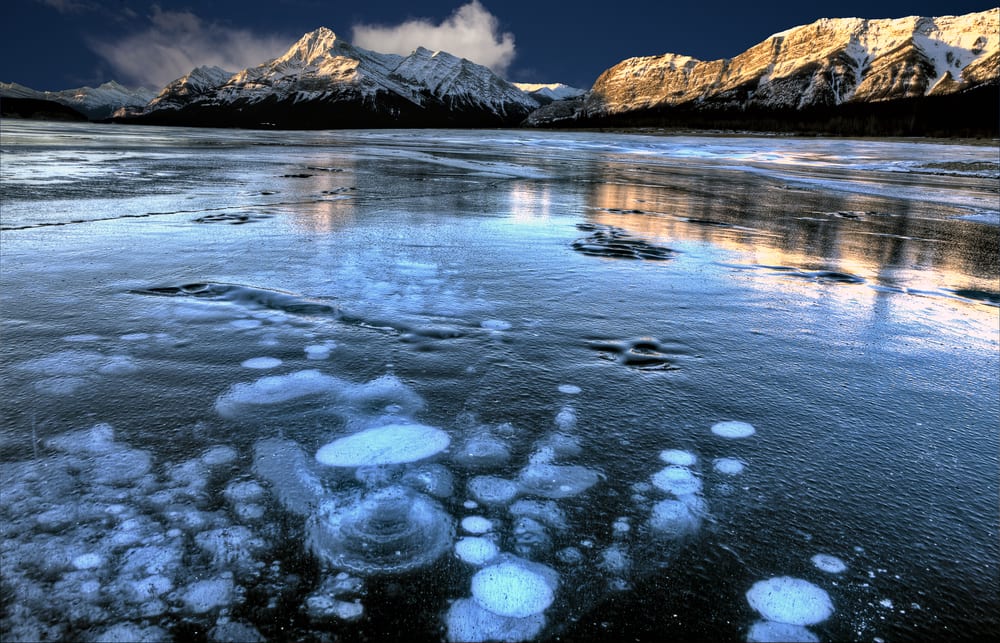
Abraham Lake is actually an artificial reservoir formed when the Bighorn Dam was opened in the Canadian Rocky Mountains on the Saskatchewan River in 1972. The lake was named after Silas Abraham, a 19th Century guide who shepherded visitors through the Saskatchewan River Valley. The lake’s beautiful turquoise color is the result of tiny particles of silt and clay – called glacial flour – suspended in the water, the flour absorbing purple and indigo wavelengths of light, and the water absorbing reds, oranges and yellows. That just leaves blues and greens for our eyes to see.
What sets Abraham Lake apart is the stacked bubbles that appear when the surface freezes over. The bubbles are methane, the by-product of decomposing plants and animals on the lake’s bottom. Since the lake is artificial and only 50 years old, it still has far more plants and animals to decompose – and therefore more methane—than a natural lake. So much methane, it stacks up until the surface thaws. Which worries experts. Methane is 25 times more potent than carbon dioxide emissions and could hasten the greenhouse effect in our atmosphere. There are videos of scientists boring holes in the ice of man-made lakes and lighting the methane that spews out.
4 Sreebari Shiva Temple, Bangladesh
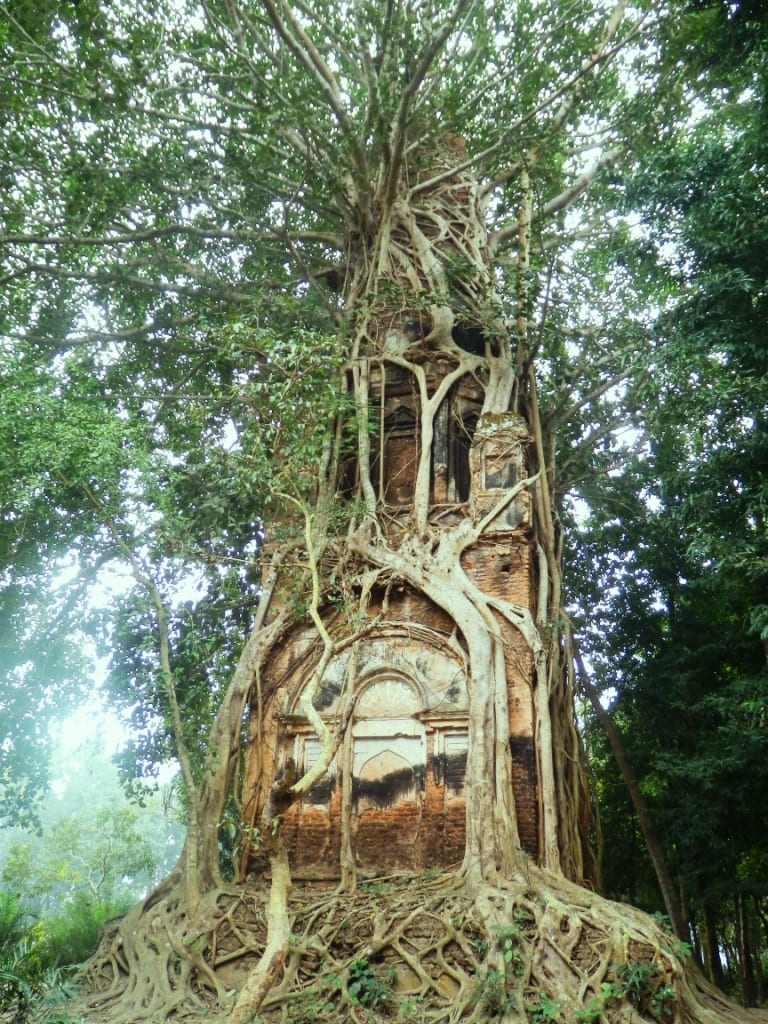
Just outside the village of Sreebari stands a Hindu temple dedicated to the god Shiva. Long abandoned, the temple is dilapidated and embraced by a giant sacred fig tree (Ficus Religiosi), sometimes called a Bodhi Tree. Ficus Religiosi is considered sacred to both the Hindu and Buddhist, the former meditatively circling a fig seven times in the morning. Gautama Buddha is said to have attained enlightenment while sitting under a Ficus Religiosi and to be considered a Bodhi (with a capital “B”) Tree, it must be able to trace its lineage to that original Buddha-shading fig.
The Sreebari temple was built by a local landowner (zamindar) some 175 years ago and the locals consider it haunted. This is probably due to the fact that the temple – until recently – sat alone in a darkened jungle. The jungle is now gone, cleared for human habitation.
3 Chuuk Lagoon, Federated States of Micronesia

Until recently, Chuuk Lagoon was known as Truk Atoll or Lagoon, famous as the Japanese “Gibraltar” of the Pacific during World War II. Like most atolls, Chuuk has a protective ring-shaped coral reef that forms a lagoon and Chuuk has one of the largest lagoon systems in the world. Realizing the natural defensibility of Truk, the Japanese fortified it with 45,000 naval and army personnel, pillboxes, bunkers, coastal defense guns, radar and five airfields. Thus feeling secure, the Japanese made Truk its main South Pacific anchorage complete with a submarine and seaplane base. The Americans recognized it would be nearly impossible to successfully land troops on the atoll. So they didn’t. Instead they sent a massive air flotilla of more than 500 warplanes to destroy 350 Japanese aircraft, its airfields and more than 40 ships in the lagoon. It then continued to attack Truk with aircraft and submarines for the remainder of the war. Which is why there are 61 Japanese ships at the bottom of the lagoon, making it a wreck divers paradise.
Because of the protective ring of coral, there is little or no current within the lagoon. Together with the warm water (84 to 86 degrees year-round) and the shallow depths of the wrecks (49 – 213 feet or 15 to 65 meters), the sunken ships teem with marine life. Dolphins, reef sharks, eagle rays, anemones, batfish, and schooling jacks are abundant. And vibrant colored corals and sponges grow on the surfaces of the wrecks. What’s more, there’s not just ships at the bottom of the lagoon. Tanks, aircraft and even a submarine are abandoned there as well.
2 St. Joseph North Pier Lighthouses, USA
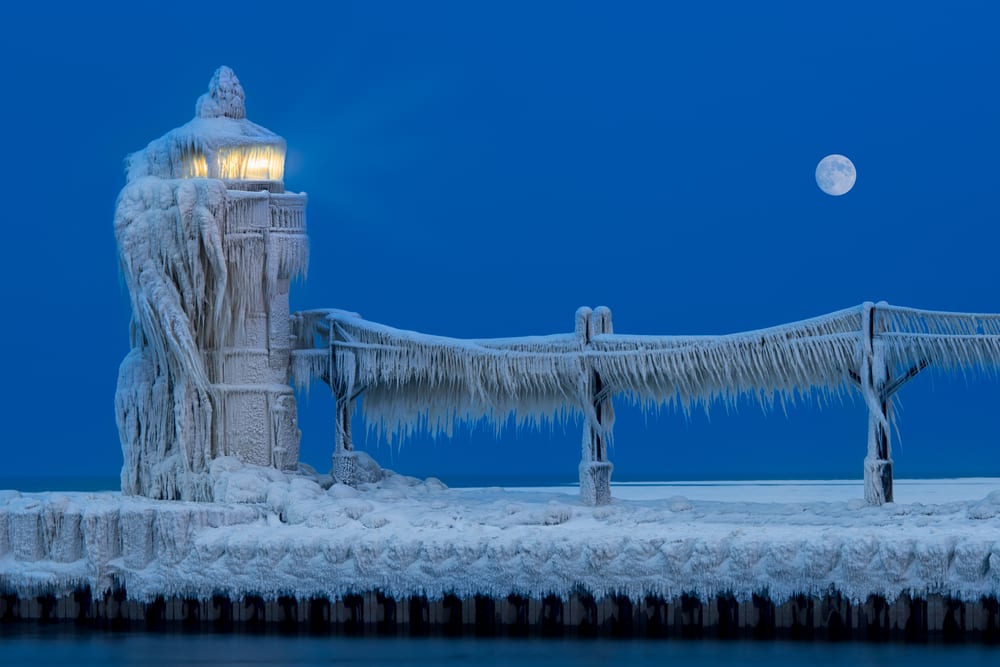
While the beauty nature drapes over this pair of lighthouses on Lake Michigan isn’t as permanent as the other entries on this list, these natural ice sculptures occur more frequently than you’d expect. There are several photos on the internet of these lighthouses from different years and different photographers.
Located in southwest Michigan where the St. Joseph River empties into Lake Michigan, it can get a little cold out there in the winter months. The outer lighthouse (pictured above) was built in 1906, stands at 35 ft (10.6 m) and its light can be seen for 180 degrees. The inner lighthouse was built a year later, stands at 57 ft (17.4 m) and can be seen for 270 degrees. A 300 yard catwalk connects them.
1 Cold Water Geysers of Analavory, Madagascar
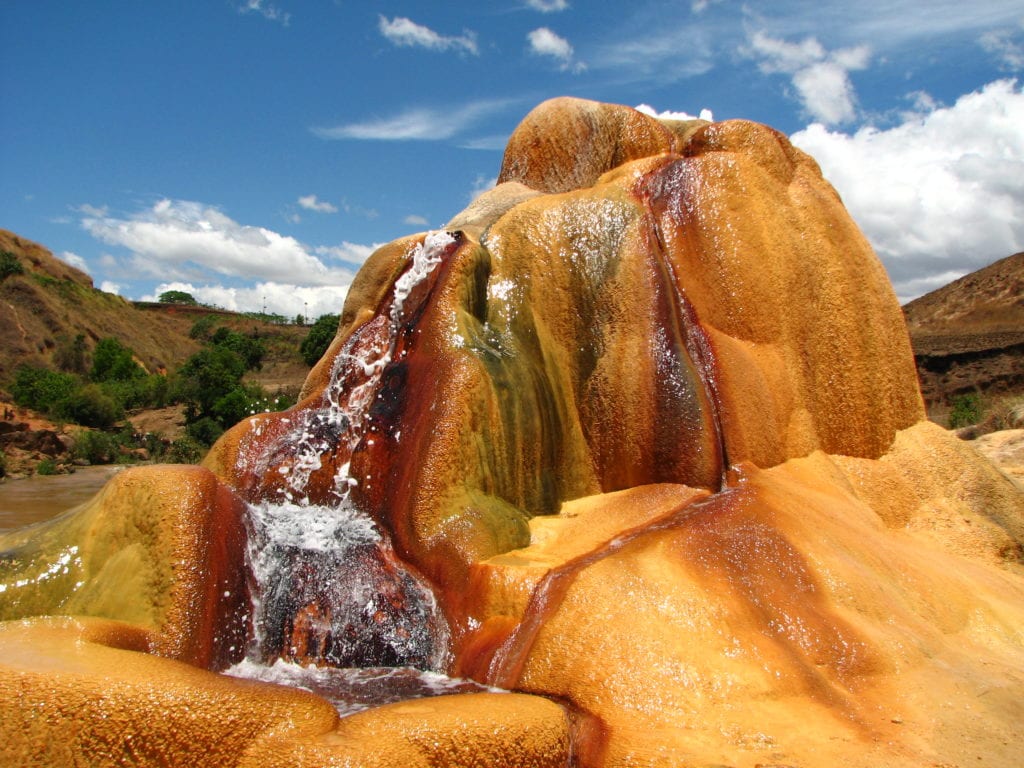
While they may look similar to the Fly Geyser found earlier in this list, they are not. For one thing, there are not just one but four (some sources say five) of these “geysers” some 7.5 miles (12 km) from the town of Analavory. For another, they are not true geysers, the water spouting not because it is heated to its boiling point by volcanic activity, but because the water is saturated with carbon dioxide. The water originates from nearby argonite mines where ground water is directed via iron pipes to the Mazy River. The water is rich with carbonic acid which dissolves the lime in the ground and the iron in the pipes, infusing it with carbon dioxide. Water infused with carbon dioxide is, of course, carbonated water and it will fizz when it encounters a decrease in pressure (such as opening the cap to a bottle or reaching the open air). The resulting spray is more a trickle than a geyser. Unless the vent is blocked by lime deposits, then, when the vent is cleared, the spray can reach several feet.
Over time, these spouts have formed travertine mounds, a form of limestone, about 13 feet (4 m) high, and they are still growing. The coloring comes from dissolved metal from the pipes. While they are called “cold” geysers, the water is warm, pleasant enough that people actually play in it. That is until they find out the water has carbonic acid.
+ Morning Glory Pool, USA

The Morning Glory Pool in the Yellowstone National Park is often sited as an example of how humans have made a natural wonder more beautiful. Not so. Originally the pool was a deep blue, which is why it was given the name Morning Glory after the deep blue flower. The first photo above was of the pool circa 1940s. The presence of thermophilic bacteria resulted in the blue hue. Beginning in the 1960’s, yellows, greens and reds appeared in concentric circles and eventually it was determined that people had been throwing coins and trash into the pool, clogging the outlets to the thermal heat source that kept the water hot. As the water cooled, different colored photosynthetic microorganisms invaded, each with their own preferred temperature. Since it’s hotter at the center of the pool and cooler at the edges, there were well-defined color gradients. The second photo above is how the pool appears today.
In 1950, the park tried to remove the trash, pulling from it socks, towels, handkerchiefs and nearly $100 in coins. In total, 112 human objects were removed. They cleaned it out again in 1975. And still the pool does not return to its natural blue color. It may never. And the colors, while striking, are not an improvement.
10 Real Nature Discoveries Freaky Enough To Be Fictional
About The Author: Steve is the author of the bestselling bio “366 Days in Abraham Lincoln’s Presidency” and frequent contributor to Listverse.
